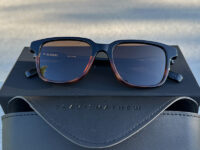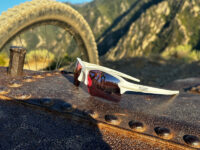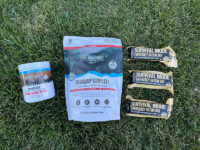Epic Day of Gowf at the New and Old Courses in St Andrews
What an unbelievable day it was playing 36 holes in St Andrews. Epic.
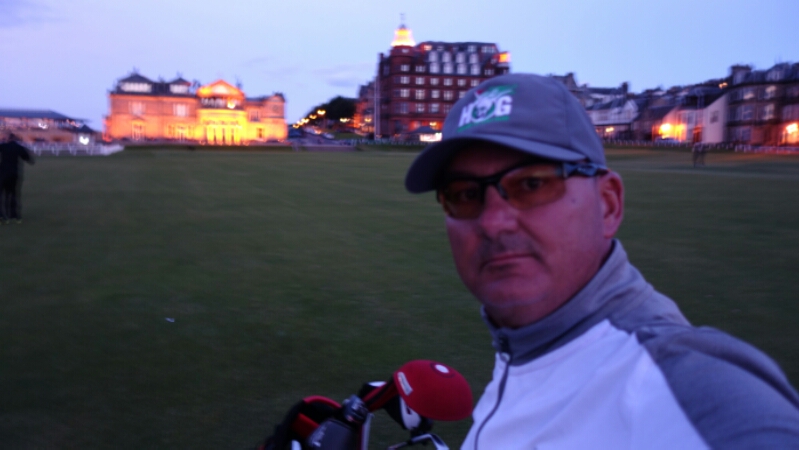
Finishing in the dark on the Old Course
First our group started with 18 holes on the New Course. The New Course sits next to the Old Course. It was designed by Old Tom Morris and opened for play in 1895. The greens were fantastic and the tight links style golf was fabulous.
After some afternoon rest in our flat (more on this later) we went down to the Old Course for a 5:30PM tee time. There is enough daylight this time of year to start that late.
In our group was Scott, a caddie on the Old Course, and an excellent golfer. We had a 2-man match pitting my friend Todd and me against Scott and our other lad Shane. The match was extremely fun and competitive. I shot one over par on the front with a tail wind. I had a lone birdie on the par-3 8th which brought our match closer. Scott made a clutch par to secure the win on the front in the nassau.
The back nine was much more difficult as we turned back into the wind. The golf was solid. Despite our efforts, caddie Scott and Shane closed out the rest of the bets on the 15th and 16th holes.
The last few holes were cold and fun as the cloud cover covered the setting sun. By the time we were on the 18th it was dark. I had a 12 foot birdie putt to break 80 which just missed. Despite shooting +7 on the back I feel it was a solid nine given that it was a 3-club wind, cold, and we were playing the world’s greatest golf course.
The winners enjoyed wee pints at the Dunvegan pub. The sweet taste of victory. Cheers.
I can’t think of a more fun day of golf. I love Scotland and I love the Old Course.
World Tour Plays Fraserburgh Golf Club in Northeast Scotland
I am having a high octane latte as I write this post this morning in Cruden Bay Scotland. I am attempting to write it via voice to text in my tablet so hopefully there will be no strange medical errors. How ironic that the word grammatical (medical) was interpreted incorrectly.
Below is a photo taken by my pal Alan at Fraserburgh golf club yesterday. Because I did not bring my laptop I am not able to process many photos while I’m here so stay tuned for many 1000s more in a week or two.
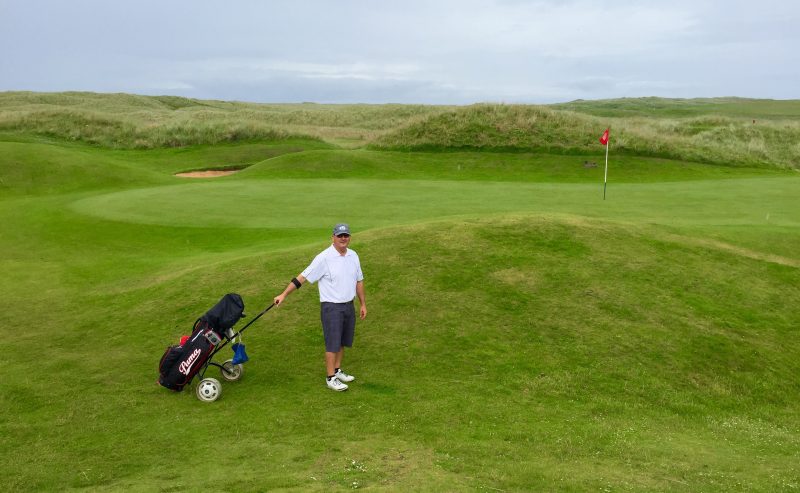
HOG World Tour Heads For Scotland
Greetings from in Philadelphia where I have had a short stop to play some golf and join with my travel group to Scotland. Shortly I will be heading to the Philadelphia Airport to catch a direct flight to Glasgow, Scotland. My connectivity will be limited but I will tweet, Instagram, blog, and Facebook when I can.
https://www.instagram.com/p/BH7EjzAgjAq/
Quiet Please – Open Championship
Categories: (British) Open Championship • Pro Golf
Tags: (British) Open Championship • Padraig Harrington
This is such a great shot from the Open Championship.
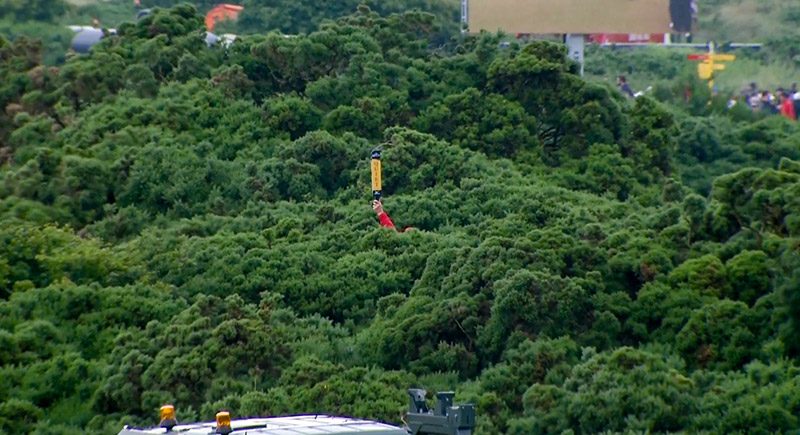
Somewhere in the gorse is Padraig Harrington.
Golf Superstition #69: Cart Number
Categories: Golf • Golf For Women • Miscellaneous
Tags: Golf Cart
I’m not ashamed to admit I ride a golf cart sometimes. You come here when it is 106 degrees and walk 14 miles on a course that’s hillier than Augusta before you give me that “only real players walk” argument. I walk as much as I can in this old body with the bad back.
Anyway, if I do take a golf cart (“buggy” for you in the UK… toot toot!), I have this thing with cart numbers. I won’t pick a “bad” number. It’s part of that golf superstition thing:
Bad golf cart (buggy) numbers:
37-50 (bad nine hole scores)
73-100 (over par 18 hole scores)
120 (complete hack)
13 (unlucky, right?)
Good golf cart (buggy) numbers:
69 (you do the math)
59-72 (all great golf scores)
29-36 (good nine-hole golf scores)
This is normal, right?
« Previous 1 … 123 124 125 126 127 … 1,165 Next »

